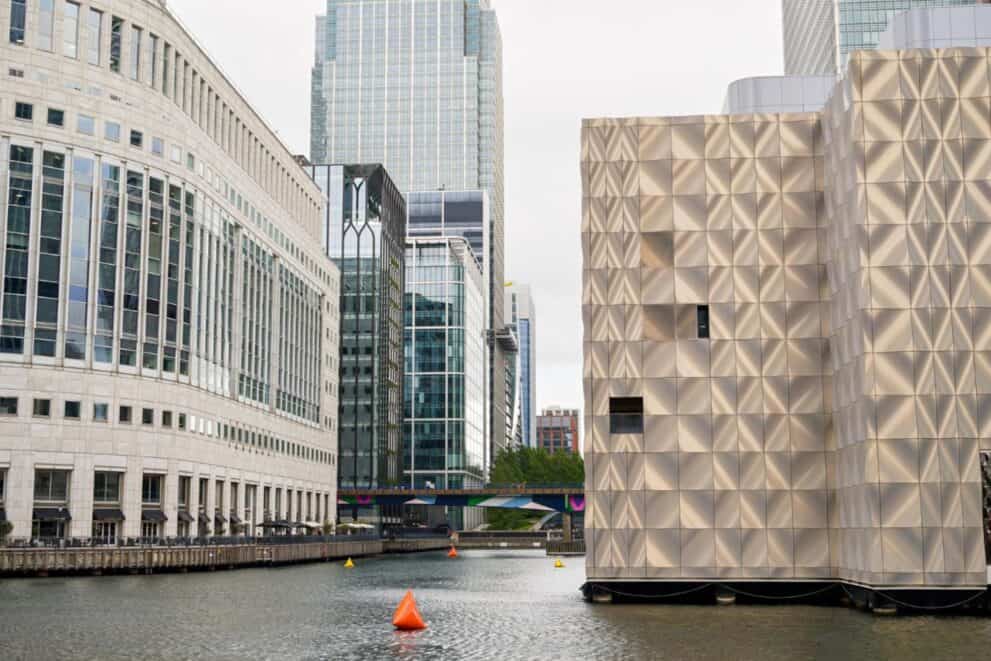In the construction and contracting industries, understanding the nuances of insurance coverage is crucial for protecting your projects and business. Two commonly discussed policies are builder’s risk insurance and general liability insurance. While both are essential, they serve different purposes and cover distinct risks.
What Is Builder’s Risk Insurance?
Builder’s risk insurance, also known as contractors all risk insurance, is a specialised type of property insurance designed to cover buildings and structures under construction. It protects against physical loss or damage to the construction project itself, including materials, fixtures and equipment.
Who Needs It?
This insurance is typically essential for contractors and builders undertaking new construction or significant renovations, as well as property owners or developers who have a financial interest in the construction project. It is also commonly required by lenders as a condition for financing, ensuring their investment is protected throughout the build.
Coverage Period
The policy is usually active during the construction period and terminates upon:
- Completion of the project.
- Occupancy of the building.
- Transfer of ownership.
Key Data Points
- Coverage: Protects against risks like fire, theft, vandalism and certain weather events.
- Exclusions: Typically does not cover damages due to faulty design, workmanship or materials.
- Extensions: Optional endorsements can include coverage for soft costs, such as lost sales or rental income due to project delays.
What Is General Liability Insurance?
General liability insurance, often referred to in the UK as public liability insurance, provides coverage for third-party claims involving bodily injury, property damage, and personal injury arising from your business operations.
Who Needs It?
This insurance is crucial for contractors and tradespeople who interact with clients or the public, businesses that operate in public spaces or on client premises, and subcontractors who are often required to have this coverage by main contractors.
Coverage Period
General liability insurance is an ongoing policy, providing continuous coverage as long as premiums are paid and the policy is active.
Key Data Points
- Coverage: Includes legal fees, medical expenses and compensation for third-party claims.
- Exclusions: Does not cover employee injuries (covered under employer’s liability insurance) or professional errors (covered under professional indemnity insurance).
- Limits: Coverage limits can vary, commonly ranging from £1 million to £10 million, depending on the business size and risk exposure.

Builder’s Risk vs. General Liability: A Side-by-Side Comparison
| Aspect | Builder’s Risk Insurance | General Liability Insurance |
| Purpose | Covers property under construction | Covers third-party injury and property damage claims |
| Who’s Covered | Property owner, contractor, and stakeholders | Business owner and employees |
| Coverage Period | Duration of the construction project | Continuous, as long as the policy is active |
| Typical Claims | Fire, theft, vandalism, weather-related damages | Slip and fall accidents, property damage, legal claims |
| Policy Type | Project-specific | Business-wide |
| Legal Requirement | Often required by lenders or contracts | Not legally required but highly recommended |
Real-World Examples
Example 1: Builder’s Risk Scenario
A contractor is building a new residential home. Halfway through the project, a fire breaks out, destroying part of the structure and some stored materials. The builder’s risk insurance policy covers the cost of rebuilding the damaged portion and replacing the materials, ensuring the project can continue without significant financial loss.
Example 2: General Liability Scenario
A plumber is working on a client’s property and accidentally causes a water leak that damages the client’s flooring. The client files a claim for the repair costs. The plumber’s general liability insurance covers the damages and associated legal fees, protecting the business from out-of-pocket expenses.
When Do You Need Both?
Industry Insight
In many construction projects, having both builder’s risk and general liability insurance is advisable. Builder’s risk insurance protects the physical project, while general liability covers potential legal claims from third parties. Together, they provide comprehensive coverage, protecting against a wide range of risks that could otherwise jeopardise the project’s success and the business’s financial stability.
Legal and Regulatory Considerations
Lender Requirements
Many financial institutions require builder’s risk insurance as a condition for providing construction loans. This ensures that their investment is protected against unforeseen damages during the building process.
Permit & License Requirements
While not always legally mandated, having general liability insurance is often a prerequisite for obtaining certain permits and licenses, especially for contractors and tradespeople operating in public or client spaces.
Cost Comparison and Budget Planning
Estimated Costs by Project Type
Builder’s Risk Insurance: Premiums typically range from 1% to 4% of the total construction cost, depending on the project’s size, duration and risk factors.
General Liability Insurance: Annual premiums can vary widely, often starting around £100 for small businesses and increasing based on factors like business size, industry risk and coverage limits.
Factors Influencing Cost
Project Complexity: More complex projects may carry higher risks, leading to increased premiums.
Location: Areas prone to accidents, natural disasters or high crime rates can affect insurance costs.
Claims History: A history of frequent claims can result in higher premiums.
Coverage Limits: Higher coverage limits provide more protection but come with increased costs.
Choosing the Right Coverage for Your Construction Projects
Understanding the distinctions between builder’s risk insurance and general liability insurance is essential for anyone involved in construction or contracting. While builder’s risk insurance safeguards the physical aspects of a construction project, general liability insurance protects against legal claims from third parties. Assessing your specific needs and risks will help determine the appropriate coverage for your project. For comprehensive protection, many professionals opt for both policies, ensuring they are covered from multiple angles.
Ensure your business is fully protected – speak to BuildSafe today for professional advice and bespoke insurance options that meet your project requirements.






